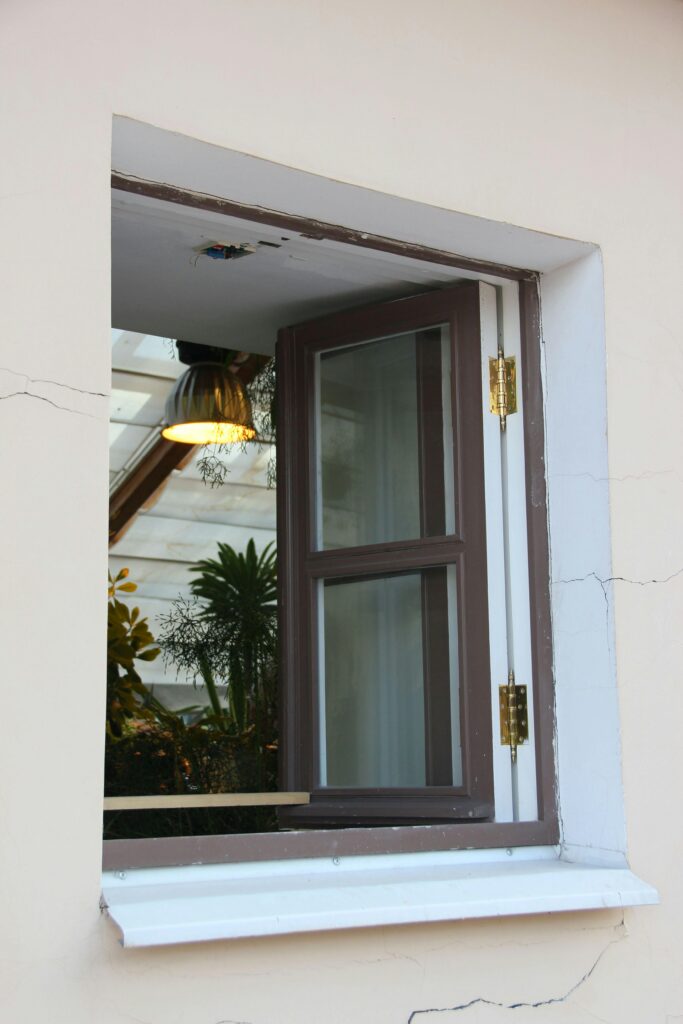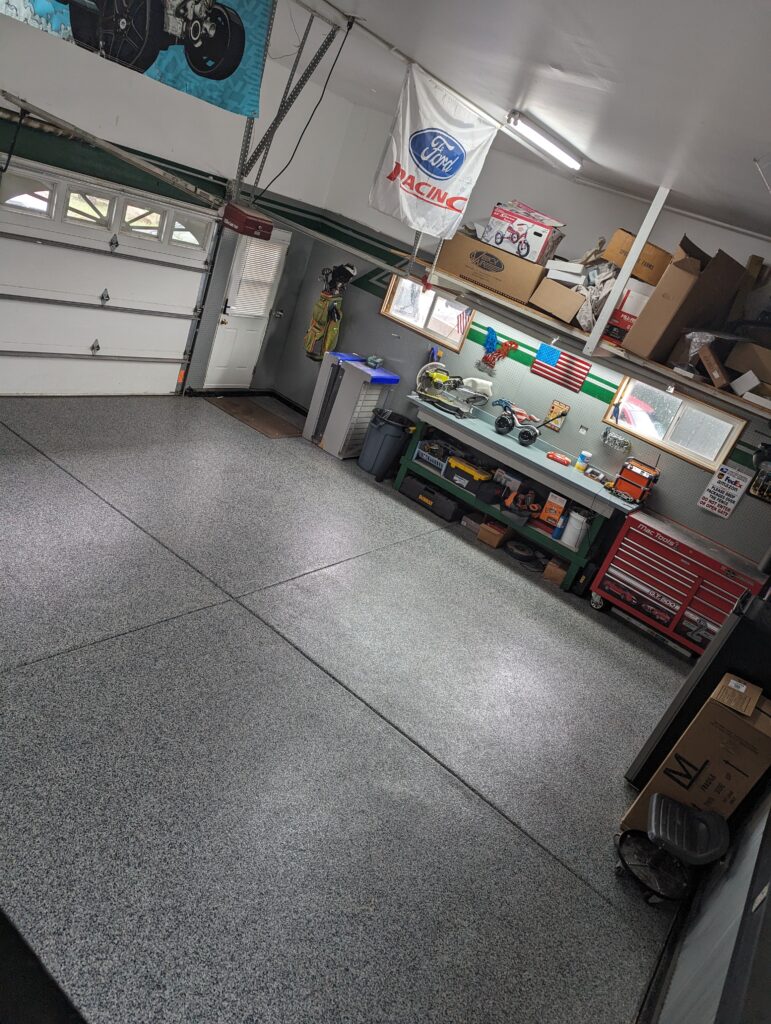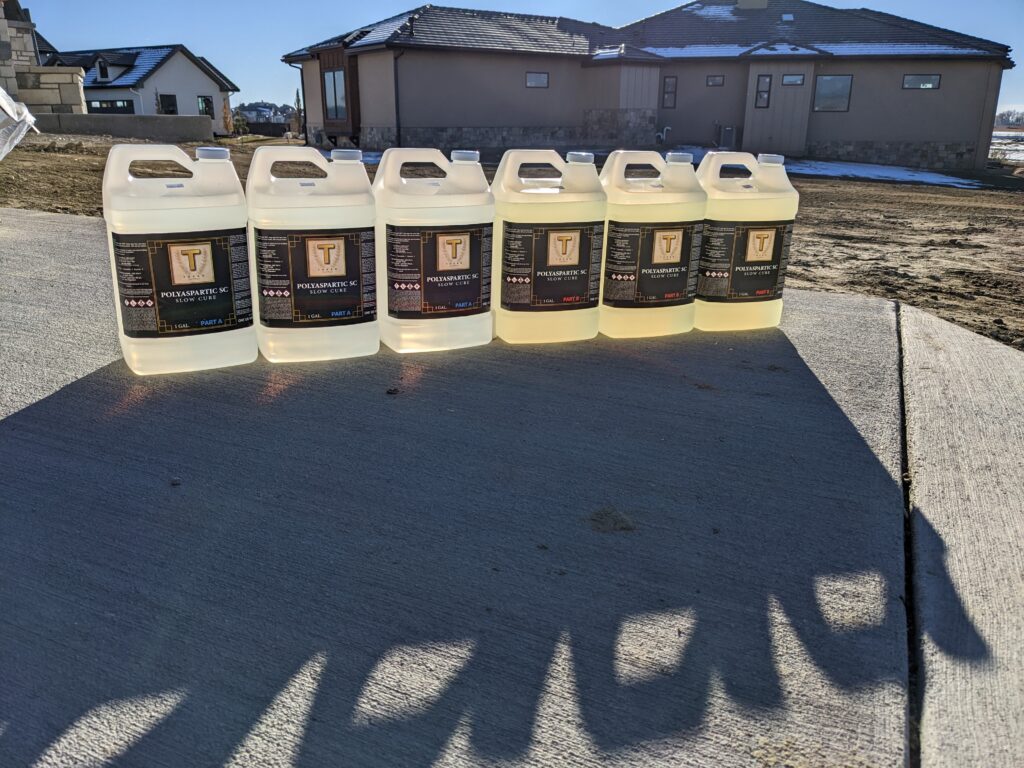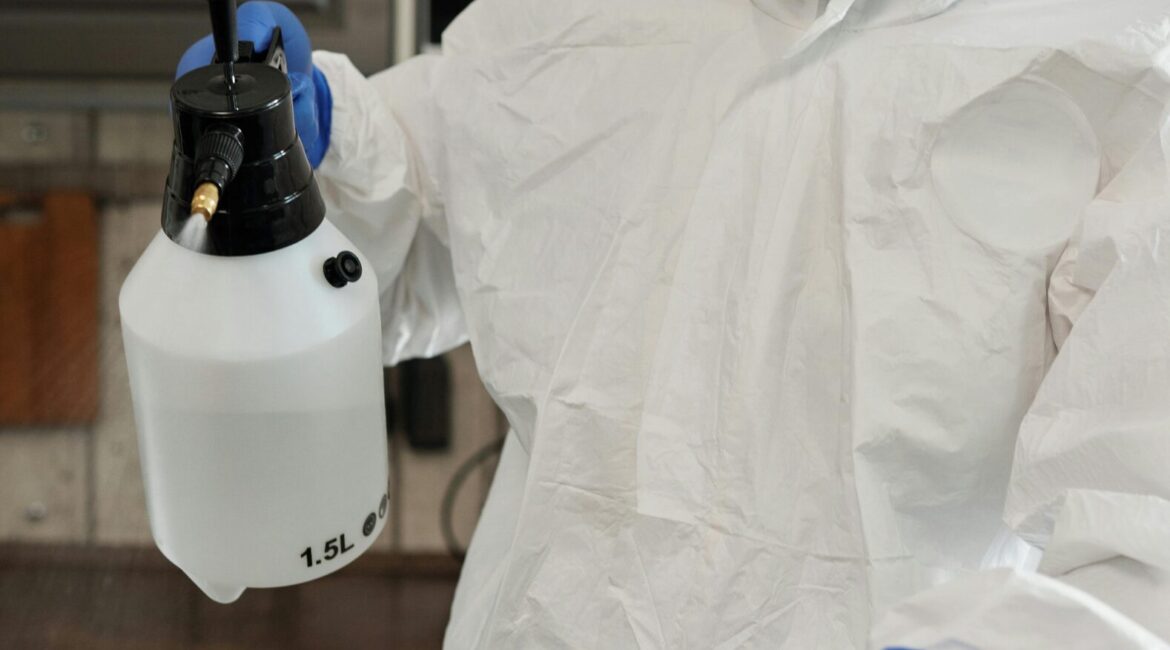We all breathe air, but have you ever stopped to consider what exactly makes up that air we inhale? One category of airborne chemicals you might not be familiar with are Volatile Organic Compounds, or VOCs for short.
What are VOCs?
VOCs are organic chemicals that easily turn from a liquid or solid state into a gas at room temperature. These gases are found naturally in many things like plants, fruits, and even volcanic eruptions. However, VOCs are also emitted from a wide range of human-made products we encounter every day.


Common Sources of VOCs:
- Paints and coatings: These include household paints, varnishes, and sealants. Important note for flooring contractors
- Cleaning products: Many cleaners contain VOCs, including disinfectants, degreasers, and air fresheners.
- Personal care products: Hairspray, nail polish remover, perfume, and certain lotions can all release VOCs.
- Building materials: Carpeting, adhesives, furniture, and cabinets can off-gas VOCs, especially when new.
- Combustion sources: Vehicle exhaust, cigarette smoke, and burning candles all contribute VOCs to the air.
Health Effects of VOCs:
Exposure to VOCs can have a variety of health effects, depending on the specific VOC, concentration, and duration of exposure. Some short-term effects include headaches, dizziness, nausea, and eye irritation. Long-term exposure to high levels of VOCs can lead to more serious health problems, including respiratory problems, damage to the liver and kidneys, and even certain cancers.


Minimizing VOC Exposure:
There are steps you can take to reduce your exposure to VOCs in your home and environment:
- Improve Ventilation: Open windows and doors whenever possible to increase airflow and remove VOCs.
- Choose Low-VOC Products: Look for paints, cleaning products, and personal care items labeled “low-VOC” or “VOC-free.”
- Let it Air Out: Allow new furniture, carpets, and other building materials to air out in a well-ventilated space for several days before bringing them indoors.
- Store Products Properly: Keep paints, solvents, and cleaning products in tightly sealed containers in a cool, dry place.
- Consider Natural Alternatives: Opt for natural cleaning solutions like vinegar and baking soda whenever possible.
Polyaspartic Flooring & VOCs
Polyaspartic flooring is a popular choice for garages, basements, and other high-traffic areas due to its durability, fast cure times, and attractive finish. An additional benefit to consider is that polyaspartic coatings are often formulated with very low VOCs. This makes them a good choice for those who are concerned about indoor air quality and minimizing exposure to harmful chemicals.


Look for Low-VOC Polyaspartic Products
Not all polyaspartic coatings are created equal. When choosing a polyaspartic floor coating, be sure to inquire about the VOC content. Look for products labeled “low-VOC” or “VOC-free” to ensure you’re selecting a coating that minimizes indoor air quality concerns.
Choosing a Reputable Contractor
When working with any flooring material, including polyaspartic, it’s important to choose a reputable contractor who uses high-quality products and adheres to proper application techniques. A qualified contractor can advise you on VOC content of specific polyaspartic products and ensure proper ventilation during installation to further reduce any VOC exposure.

